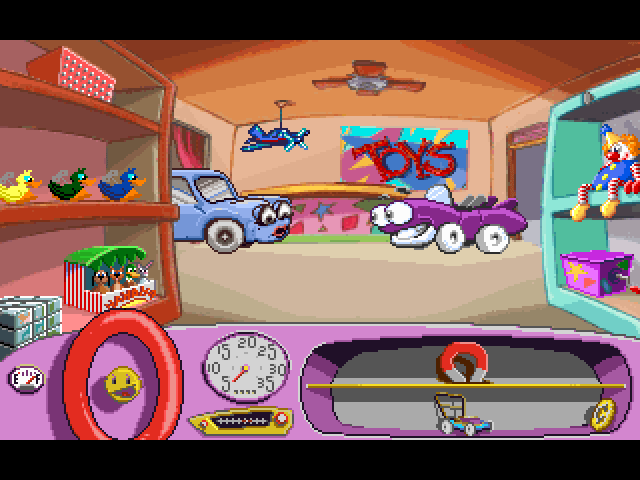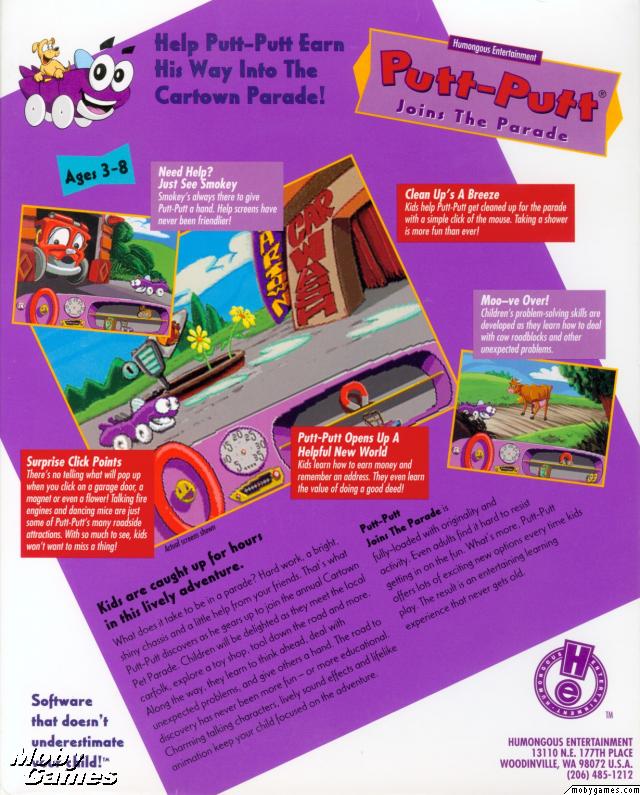
The music was created by Humongous, while voice actors were auditioned by the company (if new to the franchise), then sent to a studio to record their lines. Next, the work was handed over to programmers who wrote code to ensure the game responded to player choices, and who added sound effects to synch up to the animations.

The next stage was for artists to colour frames and animate clickpoints Humongous noted that while this stage was "tedious", it allowed low-level artists to be creative and use their initiative. Next, animators created series of drawings based on the storyboards which when viewed together would simulate movement each of the 30,000 drawings were then individually scanned into a computer, where they were cleaned up and had imperfections removed. Once the basic design sketch was approved, it was given more detail and finally painted.

Background artists then interpreted both the script and storyboards to create the look and feel of the game through the backgrounds part of their job was to leave sufficient space for clickable hotspots. Next, the scripts was written and storyboards were created to layout how each scene would work as a self-contained piece, as well as part of a larger story. While the designs of the main characters were already established, the team had to work on designing to look of new characters such as Merlin the Medieval Sorcerer. They eventually settled on Putt-Putt Travels Through Time. Among the alternate titles were: Putt-Putt Goes to the Carnival, Putt-Putt Saves the Universe, and Putt-Putt Learns to Fly. The production team brainstormed ideas for the follow-up title in the Putt Putt franchise. Artists played around with designs and colours until settling on the finished version as he appears in the game (bottom). Concept art for Merlin the Medieval Sorcerer, a new character in the game.


 0 kommentar(er)
0 kommentar(er)
